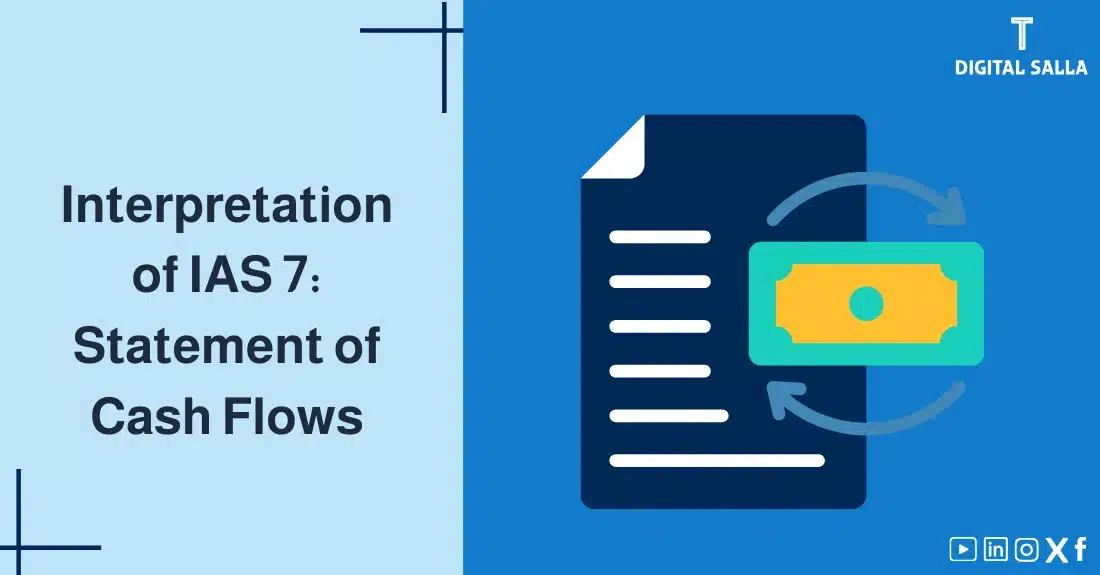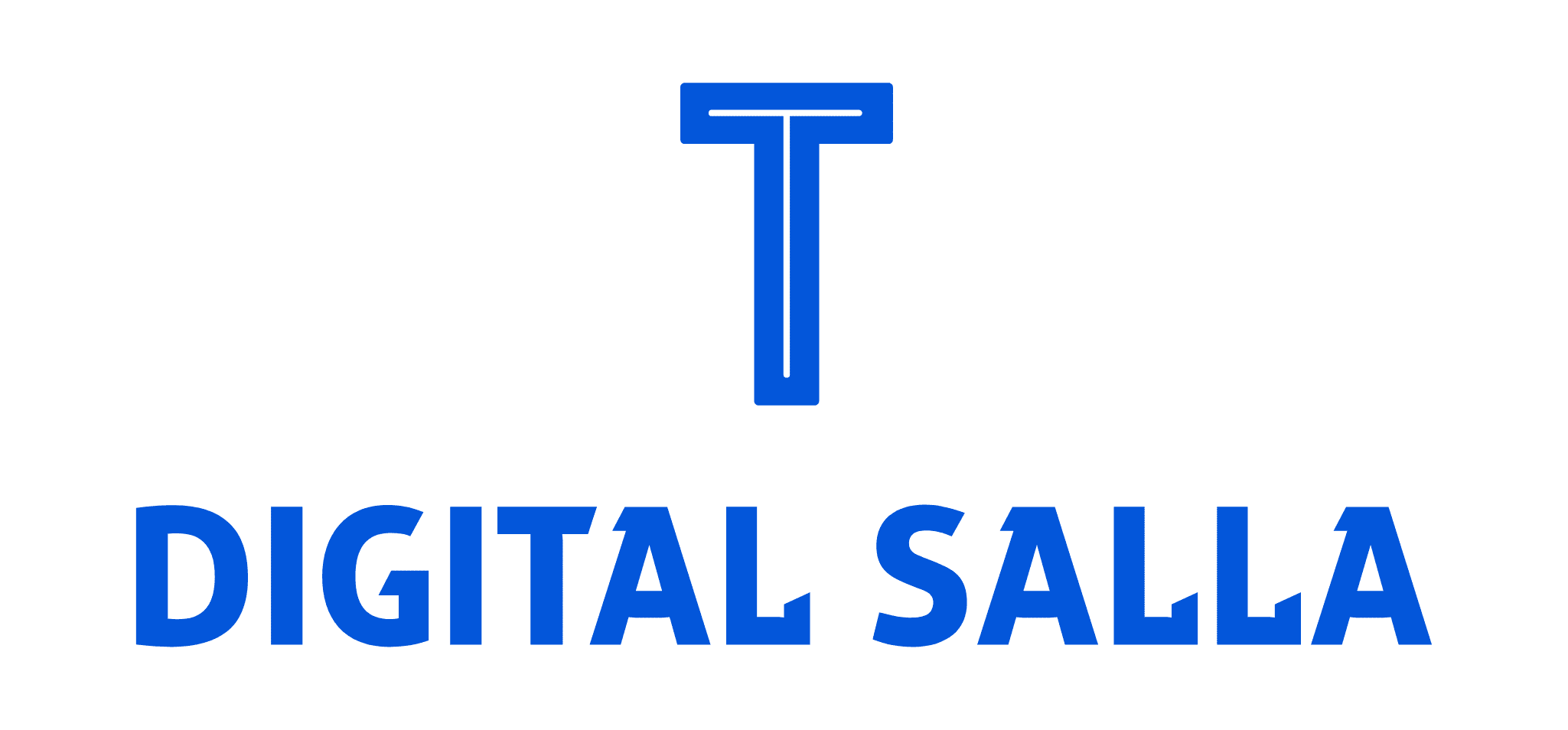Interpretation of IAS 7 Standard: Statement of Cash Flows

IAS 7 Standard, “Statement of Cash Flows,” is one of the most important International Financial Reporting Standards (IFRS), as it provides essential information about an entity’s ability to generate cash and how it uses that cash. The statement of cash flows, prepared according to IAS 7 Standard, is an indispensable analytical tool for understanding an entity’s liquidity and financial flexibility. In this article, we will provide an interpretation of IAS 7 Standard, discussing its objectives, scope, and key requirements, focusing on the classification of cash flows, methods of preparing the statement, and the importance of related disclosures, as well as highlighting the importance of this standard and its impact on users of financial statements.
What is the Statement of Cash Flows?
The statement of cash flows is one of the primary financial statements that shows the cash inflows (receipts) and cash outflows (payments) of an entity during a specific period, classified according to the entity’s main activities: operating, investing, and financing.
What is IAS 7 Standard: Statement of Cash Flows?
IAS 7 Standard is an international accounting standard that specifies how to prepare and present the statement of cash flows. This standard aims to provide information about the historical changes in cash and cash equivalents of an entity through a statement that classifies cash flows into operating, investing, and financing activities.
Objectives of IAS 7 Standard:
- Provide Information about an Entity’s Ability to Generate Cash: The statement of cash flows helps users of financial statements assess an entity’s ability to generate cash from its various activities.
- Assess How an Entity Uses Cash: The statement of cash flows shows how an entity used cash during the financial period, whether in operating, investing, or financing activities.
- Understand the Relationship between Net Profit and Cash Flows: The statement of cash flows helps in understanding the relationship between the net profit or loss reported in the statement of profit or loss and the entity’s actual cash flows.
- Assess an Entity’s Liquidity and Financial Flexibility: The statement of cash flows is an important tool for assessing an entity’s ability to meet its short-term obligations and its ability to adapt to changes in the business environment.
- Predict Future Cash Flows: Information from the statement of cash flows can be used to predict an entity’s future cash flows.
- Improve Comparability: IAS 7 Standard contributes to improving the comparability of financial information between entities by standardizing the method of preparing and presenting the statement of cash flows.
Scope of IAS 7 Standard:
IAS 7 Standard applies to all entities that prepare financial statements in accordance with International Financial Reporting Standards (IFRS). The statement of cash flows must be prepared as an integral part of an entity’s financial statements for each period for which financial statements are presented.
Components of the Statement of Cash Flows:
IAS 7 Standard requires the classification of cash flows into three main activities:
- Operating Activities: These are the principal revenue-producing activities of the entity and other activities that are not investing or financing activities.
- Examples of cash flows from operating activities:
- Cash inflows: Cash receipts from the sale of goods and the rendering of services, collections from royalties, fees, commissions, and other revenue.
- Cash outflows: Cash payments to suppliers for goods and services, payments to employees, payments of income taxes, and payments of interest.
- Examples of cash flows from operating activities:
- Investing Activities: These are the activities related to the acquisition and disposal of long-term assets and other investments not included in cash equivalents.
- Examples of cash flows from investing activities:
- Cash inflows: Proceeds from the sale of property, plant, and equipment, proceeds from the sale of investments, and collection of loans made to others.
- Cash outflows: Payments to acquire property, plant, and equipment, payments to acquire investments, and loans made to others.
- Examples of cash flows from investing activities:
- Financing Activities: These are the activities that result in changes in the size and composition of the contributed equity and borrowings of the entity.
- Examples of cash flows from financing activities:
- Cash inflows: Proceeds from issuing shares and proceeds from long-term borrowings.
- Cash outflows: Payments of dividends, repayment of borrowings, and repurchase of treasury shares.
- Examples of cash flows from financing activities:
Methods of Preparing the Statement of Cash Flows:
IAS 7 Standard allows the use of two methods for presenting cash flows from operating activities:
- Direct Method: This method discloses major classes of gross cash receipts and gross cash payments.
- This information is obtained either from the entity’s accounting records or by adjusting items in the statement of profit or loss (such as sales and cost of sales) for non-cash items and changes in operating asset and liability balances.
- This method is more clear and transparent, but it may be more difficult to apply.
- Indirect Method: This method adjusts net profit or loss for the effects of non-cash transactions and changes in operating asset and liability balances during the period.
- This method starts with net profit or loss from the statement of profit or loss and then makes adjustments to arrive at net cash flow from operating activities.
- This method is easier to apply, but it may be less clear than the direct method.
IAS 7 Standard encourages the use of the direct method, but also permits the use of the indirect method.
Treatment of Specific Items in the Statement of Cash Flows:
- Interest and Taxes: Amounts of interest and taxes paid must be disclosed separately and are usually classified as operating activities.
- Investments in Associates, Subsidiaries, and Joint Ventures: Cash flows related to these investments are classified as investing activities.
- Non-Cash Transactions: Investing and financing transactions that do not require the use of cash or cash equivalents must be excluded from the statement of cash flows and disclosed elsewhere in the financial statements (such as in the notes).
Disclosure Requirements under IAS 7 Standard:
IAS 7 Standard requires entities to disclose the following information related to the statement of cash flows:
- Components of Cash and Cash Equivalents: An entity must disclose the components of cash and cash equivalents and present a reconciliation of this balance to the corresponding items in the statement of financial position.
- The Policy Used in Determining the Components of Cash and Cash Equivalents.
- Amounts of interest and taxes paid.
- Information about cash flows from discontinued operations (if any).
- Information about non-cash investing and financing transactions.
- Additional information that may be useful to users of financial statements in understanding the nature of the entity’s operating, investing, and financing activities.
Importance of IAS 7 Standard for Users of Financial Statements:
IAS 7 Standard provides valuable information to users of financial statements, such as investors and analysts, as it helps them to:
- Assess an entity’s ability to generate cash and meet its obligations.
- Understand how an entity manages its cash flows.
- Analyze the relationship between an entity’s profitability and its cash flows.
- Assess the quality of earnings.
- Predict an entity’s future cash flows.
- Compare the performance of different entities in terms of generating and using cash.
- Make more informed investment and financing decisions.
Challenges in Applying IAS 7 Standard:
- Classifying Cash Flows: In some cases, it may be difficult to correctly classify cash flows into operating, investing, or financing activities.
- Determining the Components of Cash and Cash Equivalents: Determining the components of cash and cash equivalents may require some judgment and professional discretion.
- Preparing the Statement of Cash Flows Using the Direct Method: Preparing the statement of cash flows using the direct method can be more difficult and time-consuming than the indirect method.
- Obtaining the Necessary Data: It may be difficult to gather the necessary data to prepare the statement of cash flows, especially for companies with complex activities.
Role of Technology in Preparing the Statement of Cash Flows:
Accounting software and Enterprise Resource Planning (ERP) systems help in preparing the statement of cash flows more efficiently and accurately through:
- Automating the process of classifying cash flows.
- Making the necessary adjustments when using the indirect method.
- Automatically generating the statement of cash flows from the financial data recorded in the system.
- Improving the accuracy and comprehensiveness of information related to cash flows.
Practical Example of Applying IAS 7 Standard:
Scenario: Company “A” started its business on January 1, 2023. The following is a summary of its financial transactions during the year:
- Sales: 500,000 Riyals (80% cash and the rest on credit)
- Purchases: 300,000 Riyals (70% cash and the rest on credit)
- Operating expenses: 100,000 Riyals (all paid in cash)
- Purchase of equipment: 50,000 Riyals (cash)
- Obtaining a loan: 70,000 Riyals (cash)
- Dividend payments: 20,000 Riyals (cash)
Required: Prepare the statement of cash flows for Company “A” for 2023 using the direct method and the indirect method.
Solution:
First: Direct Method
Statement of Cash Flows for Company “A” for 2023 (Direct Method):
| Description | Amount (Riyals) |
|---|---|
| Cash flows from operating activities: | |
| Receipts from customers | 400,000 |
| Payments to suppliers | (210,000) |
| Payments for operating expenses | (100,000) |
| Net cash flow from operating activities | 90,000 |
| Cash flows from investing activities: | |
| Payments to purchase equipment | (50,000) |
| Net cash flow from investing activities | (50,000) |
| Cash flows from financing activities: | |
| Proceeds from loan | 70,000 |
| Payments of dividends | (20,000) |
| Net cash flow from financing activities | 50,000 |
| Net increase in cash and cash equivalents | 90,000 |
| Cash and cash equivalents at the beginning of period | 0 |
| Cash and cash equivalents at the end of period | 90,000 |
Second: Indirect Method
Statement of Cash Flows for Company “A” for 2023 (Indirect Method):
| Description | Amount (Riyals) |
|---|---|
| Cash flows from operating activities: | |
| Net profit (assumed) | 100,000 |
| Adjustments for: | |
| Increase in accounts receivable | (100,000) |
| Increase in accounts payable | 90,000 |
| Net cash flow from operating activities | 90,000 |
| Cash flows from investing activities: | |
| Payments to purchase equipment | (50,000) |
| Net cash flow from investing activities | (50,000) |
| Cash flows from financing activities: | |
| Proceeds from loan | 70,000 |
| Payments of dividends | (20,000) |
| Net cash flow from financing activities | 50,000 |
| Net increase in cash and cash equivalents | 90,000 |
| Cash and cash equivalents at beginning of period | 0 |
| Cash and cash equivalents at end of period | 90,000 |
Note: For simplicity, it was assumed that there were no other non-cash items in the statement of profit or loss (such as depreciation) in this example.
Conclusion
IAS 7 Standard, “Statement of Cash Flows”, is an essential tool for understanding how an entity generates and uses cash over a given period. A statement of cash flows prepared according to IFRS provides valuable information for the users of financial statements which helps them to assess the entity’s liquidity, solvency, and financial flexibility, as well as assess the ability to generate cash flows.
